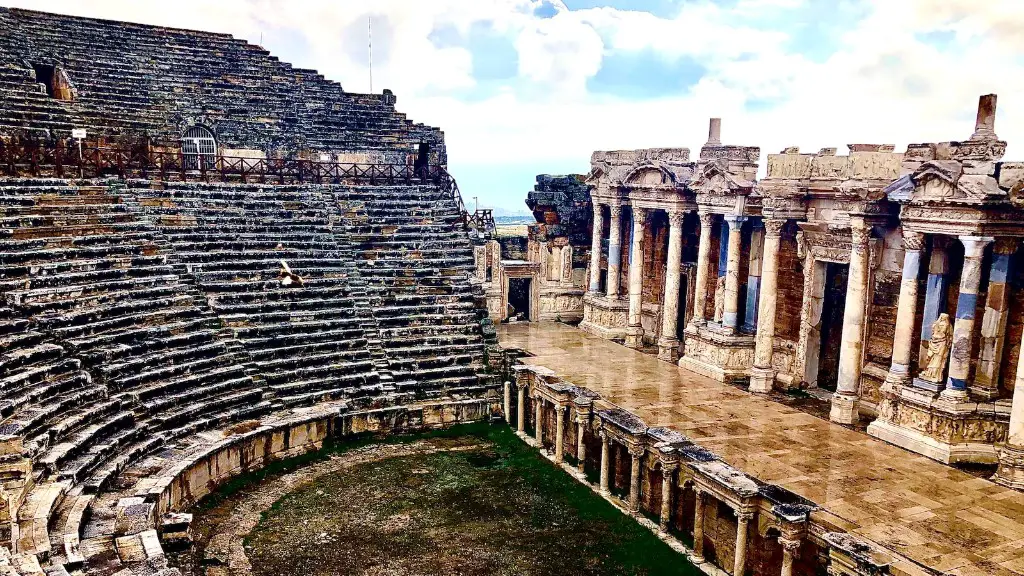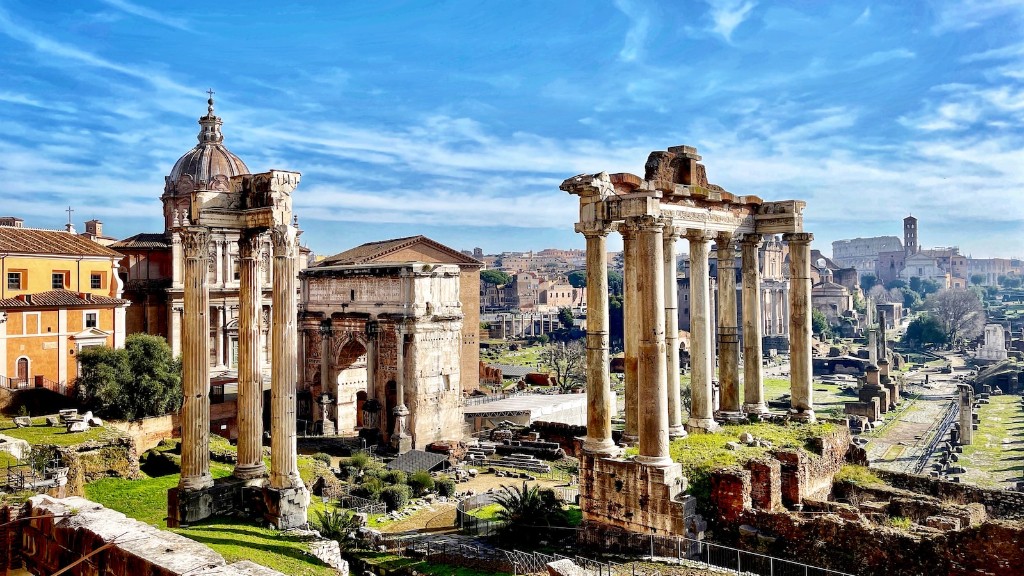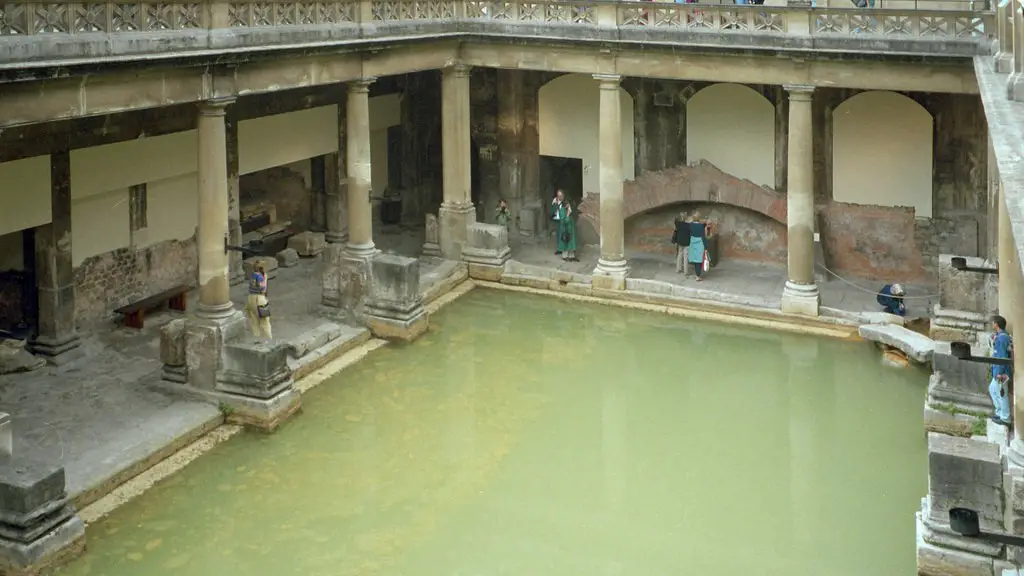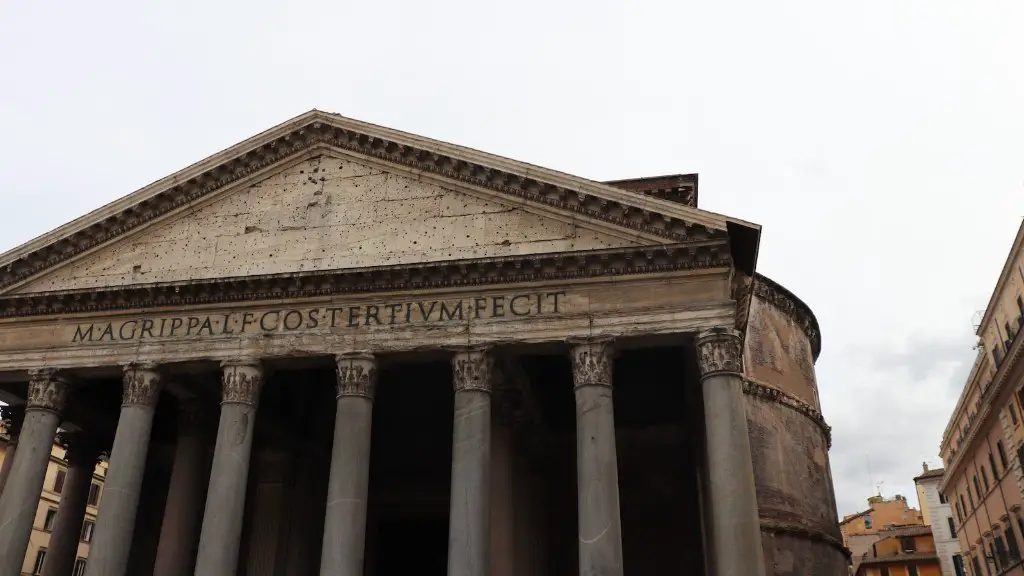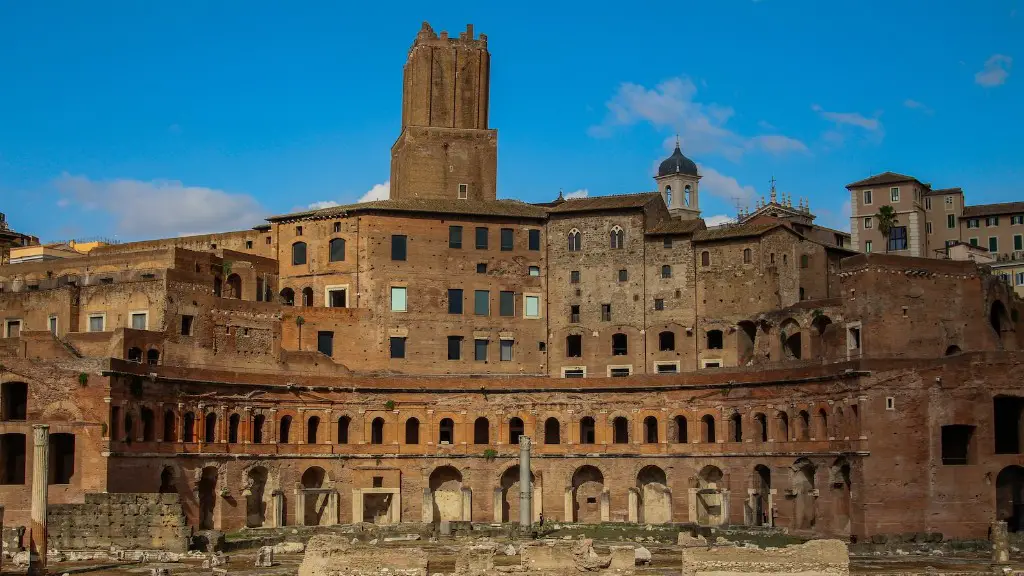The ancient Romans were a highly advanced society with a rich culture that included many different aspects, from architecture and engineering to art and food. One of the most interesting aspects of ancient Roman society is the food that they ate. The ancient Romans were not only skilled in farming and food production, but they also had a keen sense of taste and a love of good food.
There are many accounts of the types of food that the ancient Romans ate, and it is clear that they had a varied and interesting diet. The ancient Romans ate a lot of vegetables, fruits, and grains, as well as meat and fish. They also ate a lot of different kinds of cheese and other dairy products.
The ancient Romans were also very fond of sweets, and they had many different kinds of sweets that they ate. The most famous of these is probably the honey cake, which was a cake made with honey, flour, and eggs.
The ancient Romans had a very healthy diet, and they were able to enjoy a wide variety of food. This is one of the reasons that the Roman Empire was so successful for so many centuries.
There is no one answer to this question, as the diet of ancient Romans would have varied depending on their socioeconomic status. Generally speaking, however, the diet of ancient Romans would have consisted of grains (such as wheat and barley), vegetables (such as onions, garlic, and leeks), legumes (such as beans and chickpeas), fruit (such as grapes and figs), dairy (such as cheese and milk), meat (such as pork, beef, and chicken), and fish.
What was a typical Roman meal?
The Roman diet was based mostly on grains, legumes, and vegetables, with eggs and cheeses as well. Meat was used sparingly, and mostly consisted of pork. As the empire expanded, new flavors were welcomed, such as pepper from India and lemons from Persia.
Roman food was typically quite simple and consisted of fresh, local ingredients. The mainstay of the Roman diet was bread and other cereals, which were usually supplemented with vegetables, cheese, and sometimes meat. Fruit was also a popular food, and the Romans enjoyed a wide variety of both fresh and dried fruits.
What Romans Cannot eat
The Romans had a varied diet that included many different fruits and vegetables. As the empire expanded, new fruits and vegetables were added to the menu. The Romans had no aubergines, peppers, courgettes, green beans, or tomatoes, staples of modern Italian cooking. Fruit was also grown or harvested from wild trees and often preserved for out-of-season eating.
The Roman Empire was a time when fish was more common than other types of meat. Oysters were so popular that there were large businesses devoted to oyster farming. In addition to the porridge puls, bread and cheese were common staple foods.
Did Romans only eat once a day?
The food historian Caroline Yeldham told BBC News Magazine in 2012 that the Romans believed it was healthier to eat only one meal a day. They were obsessed with digestion and eating more than one meal was considered a form of gluttony.
Dinner last night was so good! I loved the three-course meal format. The first course, “gustum,” was the perfect appetizer. It had a great mix of salads, eggs, cheeses, mushrooms, truffles, and fruits. The second course, “mensa prima,” was the main event. I had a delicious steak with a great sauce. The third course was dessert and it was a nice way to finish the meal.
What is a typical Roman breakfast?
A typical breakfast for a Roman looks like a quick coffee and a pastry, eaten standing at the bar. A frothy cappuccino and a warm cornetto is the most common combination. Italian cornetti are sweeter than French croissants and come vuoto (plain) or filled with jam, custard or Nutella.
It seems that the ancient Roman people had a diet that was low in certain vitamins and minerals, but that their exposure to the sun and the sea had some positive health benefits. This is an interesting finding that warrants further study.
What did most Romans eat for breakfast
The typical Roman day consisted of three meals:
-The first meal, eaten in the morning, was called ientaculum and was a breakfast of bread or a wheat pancake with dates and honey
-The second meal, eaten around noon, was called prandium and was a light meal of fish, cold meat, bread, and vegetables
-The third and final meal of the day was called cena and was the largest and most important meal. It often consisted of leftovers from the previous day’s ientaculum
The average diet for slaves was very low quality. They mostly ate bread and cheap wine, with occasional supplements of fruits and vegetables. Hot meals were a rarity, and most slaves had to make do with whatever scraps they could find.
Did ancient Romans eat pizza?
Did you know that pizza took the United States by storm before it became popular in its native Italy? Pizza has a long history of being a popular food item dating back to ancient times. Flatbreads with toppings were consumed by the ancient Egyptians, Romans, and Greeks. The latter ate a version with herbs and oil, similar to today’s focaccia. Pizza has undergone many changes over the years and has become a popular dish in both the United States and Italy.
Despite some similarities, the Romans ate neither pizza or pasta. That said, descriptions from ancient sources do reveal a popular food made from flour and water that, on the surface, resembles the ingredients for making pasta. At the risk of being pedantic, however, that is where the similarities end.
What did rich and poor Romans eat
The wealthy Romans had a more diverse and nutritious diet than the poor. They could afford beef, pork, chicken and fish, as well as lentils, vegetables, fruits like figs and apples, and eggs. The poor, however, had limited options and could only eat the Mediterranean triad of wheat, barley, and oats.
In contrast to the fine banquets, poor people ate the cheapest foods. Poor people generally had grain made into twice-baked bread and porridge for breakfast, and a vegetable and meat stew for lunch. The vegetables available to poor people typically included millet, onions, turnips, and olives. Poor people usually had bread and oil on the side with their meals.
What are six typical foods in ancient Rome?
The main courses described sound like they would be fit for a feast! The fallow deer roasted with onion sauce, rue, Jericho dates, raisins, oil, and honey would be a fantastic centerpiece. The other dishes sound like they would be wonderful accompaniments. The boiled ostrich with sweet sauce would be a nice, light dish. The turtledove boiled in its feathers would be a heartier option. The roast parrot would be a fun and festive dish. The dormice stuffed with pork and pine kernels would be a rich and decadent dish. The ham boiled with figs and bay leaves, rubbed with honey, and baked in pastry crust would be a truly special dish. The flamingo boiled with dates would be a unique and interesting dish.
Vinegar has long been used by soldiers during military campaigns for its thirst-quenching and body-washing properties. The acidic nature of vinegar helps to counteract the effects of life in the camp and non-serious injuries.
Warp Up
The diet of ancient Romans was largely based on plants, including fruits, vegetables, grains, and legumes. Bread and olive oil were staples of the Roman diet, as were wine and cheese. Meat was also consumed, although not as frequently as in later periods.
The ancient Romans were a society that enjoyed a wide variety of food. Meat was a common staple in their diet, as well as fruits, vegetables, and grains. Roman cuisine was heavily influenced by the Greeks, and they frequently ate dishes that were cooked in olive oil and spices.

